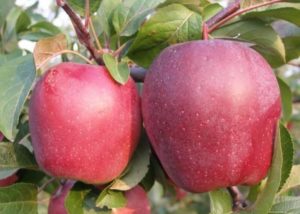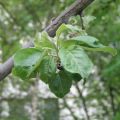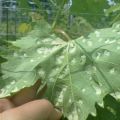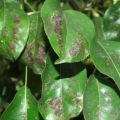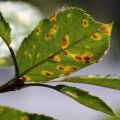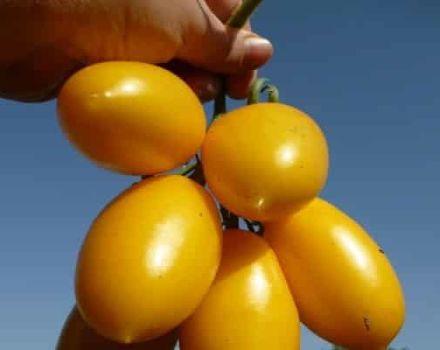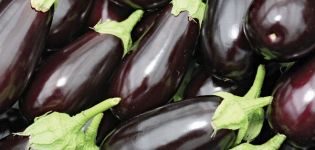Why does mold appear on the trunk of an apple tree and how to deal with the disease, prevention
The environment is replete with microorganisms and spores of all kinds of fungi that are inert and waiting for the right moment. Dampness combined with heat provokes the appearance of mold on the apple tree. At the same time, healthy apple trees can cope with fungal infections. It is necessary to carry out preventive treatment of trees and treat in time in case of detection of mold infestation.
Reasons for the appearance
The following reasons for the appearance of mold are distinguished:
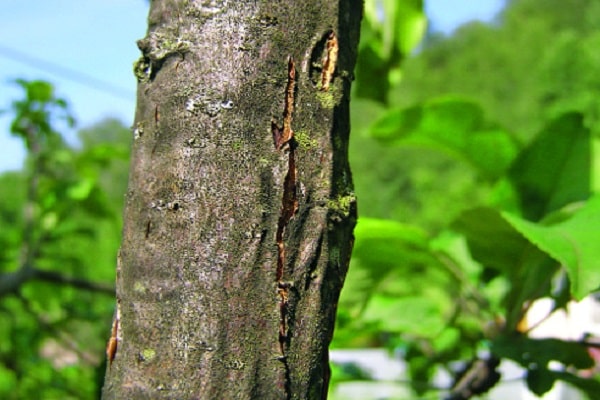
- The presence of a wound on a tree is a direct road to fungi.
- Excessive humidity and heat.
- The appearance of moisture on the bark as a result of untimely or insufficient pruning of the garden, insufficient ventilation is not created.
- Not carrying out preventive actions: pruning trees, spraying against diseases and pests before budding and after, using sprinkling when watering, monitoring the condition of trees, whitewashing trunks from burns when exposed to the sun.
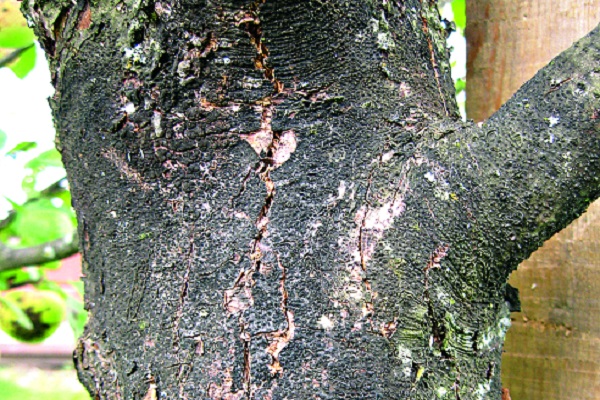
Types of mold
The following types of mold are distinguished:
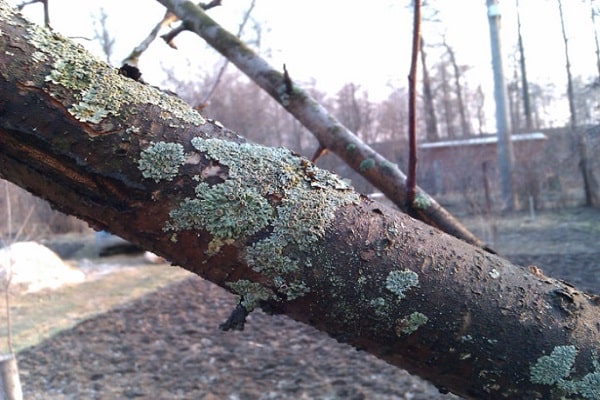
- Sooty - appears on the bark, foliage, branches, fruits in the form of a black bloom. This type of mold finds its nourishment in the liquid flowing from the tree, and also feeds on the remains of the vital activity of insects such as aphids and moths. Accordingly, insects are less dangerous than the emerging disease. At the same time, fruits affected by dark spots are edible, they simply have a non-marketable appearance, they are poorly preserved (they quickly rot).
- Powdery mildew, also called white. A white powdery dirty bloom is formed on the foliage, after which it acquires a brown tint, the branches dry and turn yellow, fruit setting does not occur.
- Scab - is found in the form of many brownish spots with a rough structure on the fruit. The reason is excessive humidity, stagnant air in the foliage area. At first, it is invisible, the mold affects the leaves, and on the inside, greenish spots with a brown tint are formed. Then the mold moves to the apples.
- Lichen is not dangerous for the tree, since it has no roots, the fungus does not drink apple juice. This type of mold lives with unicellular organisms, which provide food for both of them. There are different colors: gray, with a tint of silver, yellow with a greenish tint, blue. The formation of this type of mold indicates that the tree is weakened. It should be taken into account that pathogens of some diseases and insects survive the winter well in them.
- Red - manifests itself in the formation of red sores on the tree with a brownish tint. It is called cytosporosis - a fungal infection of the bark. It acts on a tree similarly to a black crayfish.The only difference is that with cytosporosis, the apple tree can be saved. If delayed, the infection will spread rapidly. All fruit crops will be in danger. On the affected bark, plates of a whitish, black or grayish hue are visible. On close inspection, the threads are distinguished.
- Black, called cancer, such a disease leads to the death of the tree within five years. The danger lies in the fact that the entire garden can be damaged. Cardinal measures: remove and burn all affected branches, treat the wounds with a solution of vitriol 5% and spread with var.

How to get rid of mold on an apple tree
When mold appears on a tree, it is important to find out the cause of the defeat, what mistakes were made. This is the only way to fight the fungus and save the garden from danger. It is important to determine the line of treatment. Although young apple trees are less susceptible to attack, the fungus can overcome them too.
Young trees are easier to treat, it is necessary to carry out treatment with active chemicals, not paying attention to the timing of harvesting. Bordeaux liquid and other preparations containing copper are used. These include: "Skor", "HOM", "Topaz".
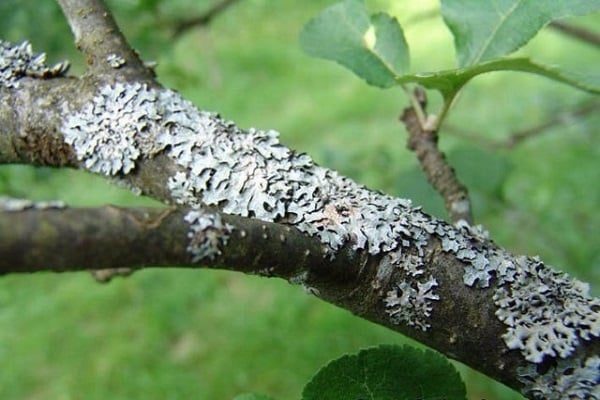
Adult trees with an ovary can be treated with a baking soda solution (170 g per 15 l). If, after processing, the tree throws off the fruits, it's not scary. It will be easier for him to endure the winter, having given the harvest. In autumn, trees must be rejuvenated as much as possible and the trunks must be whitened.
On the roots
Most often, the root is not affected by mold. It can be infected by a bacteria that can cause black cancer, the most dangerous disease.
On the trunk
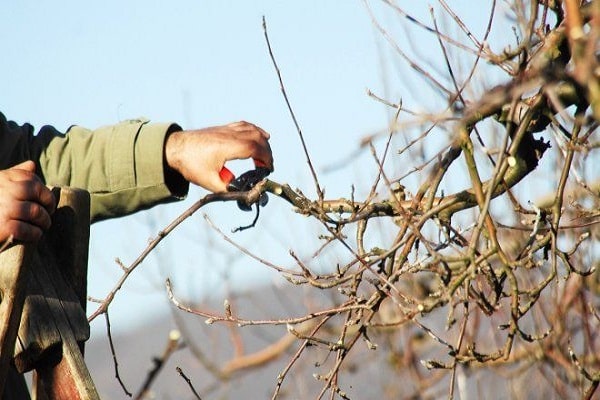
When mold appears on the trunks of the apple tree, you must:
- first you need to determine the degree of damage: open the bark with a knife, if it falls off well, has a brownish tint, friability, eggs or larvae are present - the affected area is extensive, it is necessary to treat the tree;
- thoroughly clean with a scraper, spatula, brush;
- collect and incinerate waste;
- spray with a copper-based preparation;
- it is recommended to wipe the trunk and large branches with the composition: ash, salt, grated household soap (6: 1: 1 parts) and boil.
- disinfect with protective putty.

On leaves and branches
For the preservation of foliage and branches, you must:
- In the spring, before the first leaves appear, treat the soil and the tree itself with chemicals: copper sulfate, 1% DNOC, Nitrafen (400 g per 15 liters).
- In the last days of April, treat with Bordeaux liquid 4%, copper oxychloride or cuproxate. In case of damage with powdery mildew it is recommended to treat it with the preparation "HOM".
- During the formation of buds and after the flowering process, Bordeaux liquid of 1% concentration is used.
- After 20 days after the flowering process, the tree is treated with a suspension of flatan, zineb or captan.
- To avoid re-infection next year, it is recommended to collect fallen leaves and dig up the ground.
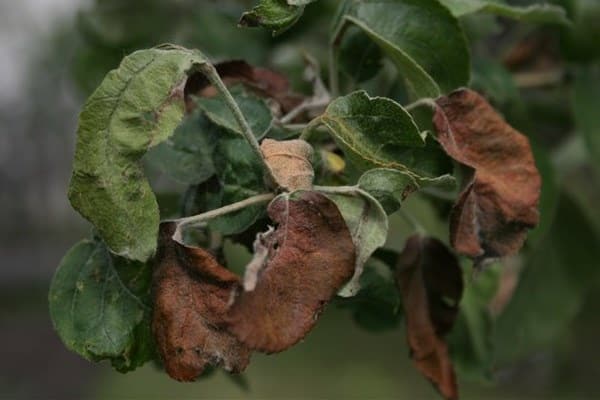
Some gardeners recommend using traditional methods, but if severely affected, they may be ineffective. Process with chamomile, ash and garlic infusion. They are harmless, they are an excellent remedy for aphids.

On the fruits
Apples can be affected by fruit rot. In this case, not only fruits are affected, but also foliage. It is a very dangerous disease, since it is detected after the flowering process, when spoiled fruits appear on the tree. Rot attacks the apples before they are ripe. The most optimal solution to the problem is to prevent the disease. It is necessary:
- make preventive treatment using Nitrafen emulsion 220 g per 10 l of liquid, DNOC - 200 g per 10 l, colloidal sulfur suspension - 120 g per 10 l;
- collect the affected fruits and destroy them, disposal takes place away from the garden;
- carry out preventive inspection and processing of the tree, the trunk must be free of cracks.
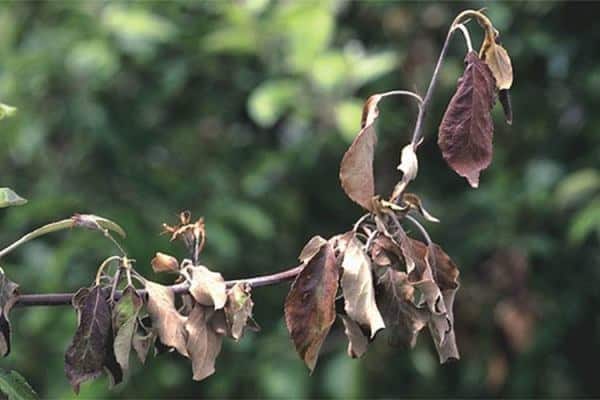
Features of treatment by seasons
Each stage of growth requires special attention and prevention and treatment.
In autumn
It is important to hold such events:
- collect and dispose of rotten fruits, affected bark and foliage;
- after harvesting, spray with the "Capture Oil" solution (40 ml) and copper sulfate 500 g per 10 liters;
- in November, whitewash the trunk with the following solution: lime, clay, water (2: 1: 7 parts).

In the spring
In spring, the chances of stopping the formation of diseases are higher. If skillfully and on time process an apple tree, the fruits will be whole. The preparations used in the spring will disintegrate and will not harm.
A phased processing scheme looks like this:

- Before bud opening in the first half of March. It will allow you to eliminate hibernating pests and prevent diseases. You can use "Capture Oil" (170 ml) and "Gart" (35 g) for 12 liters. Or prepare Bordeaux liquid: copper sulfate (120 g) and quicklime (210 g) per 12 liters. Such treatment is effective against diseases.
- Before and during budding in the last days of March - in the first of April. Pests wake up and this is another effective mold prevention. It is recommended to carry out the treatment with Bordeaux liquid (more than 2 weeks have passed since the last spraying) or ash solution. The "Guard" drug (3 ml per 5 l) is very effective in treating fungal diseases. During flowering, the apple tree is not sprayed so as not to harm the bees. But if the weather is damp and warm for a long time, the risk of developing mold increases. It is recommended to apply "Fundazim" 12 g per 5 liters.
- After flowering to prevent powdery mildew, scab. Folk methods: ash infusion. Of the preparations, the result will be given: a mixture of "Antigusin" (4 ml), "Boxwood" (3.5 ml), "Capture Oil" (45 ml) and "Antiklesch Pro" (12 ml).
Diseases become active at any time, therefore, one should not be limited to one-time spraying.
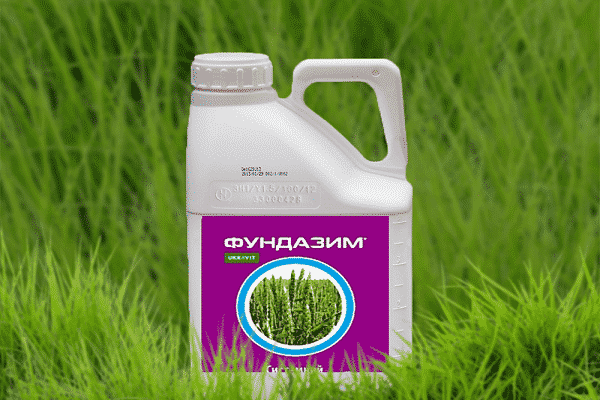
The best remedies for mold
When deciding how to treat apple trees, it is important to know that everything depends on the growth period. According to the cultivation technique, the tree is sprayed up to 11 times during the entire season, as it is attacked by a large number of diseases and harmful insects.
Effectively operate:
- "Topaz";
- "Boxwood";
- Topsin;
- DNOC;
- copper sulfate;
- "HOM";
- Fundazim;
- colloidal sulfur.

Prevention Tips
To protect your garden from mold damage, it is important to take proper care right away:
- do sanitary cleaning: cut off dead branches;
- process the sections with dissolved iron sulfate;
- remove and burn foliage in the fall;
- spray with agents that have a wide range of effects: Vectra, Skor, Cumulus, Bordeaux liquid.
Growing a garden is a rather painstaking business, despite the unpretentiousness of apple trees. It is important to thoroughly monitor the condition of the tree, its trunk, carry out preventive treatments and provide timely treatment in case of mold detection.

